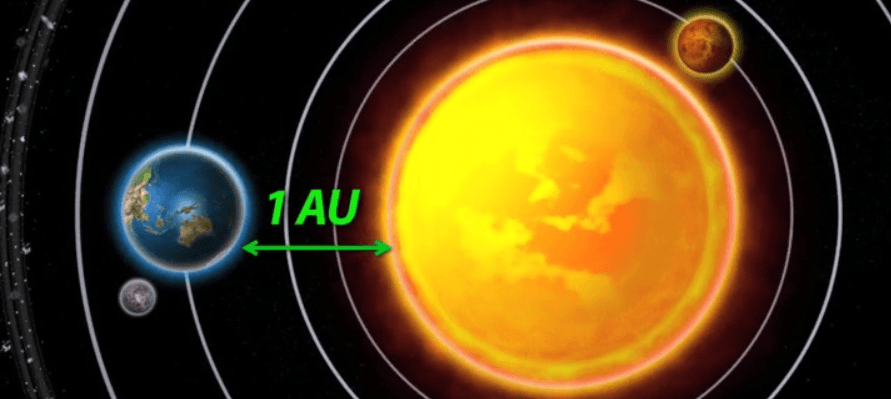Length Units
14 września 2023 | Units
Length units are an integral part of our lives, allowing us to determine distances and sizes. Their history dates back thousands of years, reflecting human technological achievements.

Introduction
Length units form the foundation of our daily lives, enabling us to determine distances between points, compare object sizes, and make measurements of various significance. Although we often take them for granted, their history dates back thousands of years, and the development of length units is a testament to human technological and scientific achievements.
In this article, we will explore the fascinating world of length units. We will trace their history, consider their significance in today's world, and learn about the diversity of length units, from commonly used ones to those found in specialized fields of science and industry. Additionally, we will look at interesting facts and unusual aspects related to length units that add color to this seemingly ordinary area of knowledge. We invite you to discover the fascinating world of length measurements and their history. Our length unit converter is available here - Length Unit Converter
History of Length Units
Length units are an integral part of our daily lives, enabling us to determine distances between points and compare object sizes. Their history dates back thousands of years, and the development of these units was related to human needs and technological achievements.
The first length units were created in ancient times. Egyptians used the cubit as a unit of length, measuring it from the end of the elbow to the end of the middle finger. Ancient Romans used the pace as a unit of length, where one pace equaled the length of two human steps. However, these early units were related to the human body and could vary depending on the person, which limited their accuracy.

Length Units - SI System
Currently, length units used worldwide are based on the measurement system known as the International System of Units (SI). In SI, the basic unit of length is the meter (symbol: m). The meter is defined as the distance that light travels in a vacuum in 1/299,792,458 of a second. It is a very precise and universal unit, making it ideal for scientific measurements and technology.
Length Units - Imperial System
At the opposite pole from the SI system is the imperial system, which is mainly used in the United States. In this system, the basic unit of length is the inch, and one inch equals 1/12 of a foot and 1/36 of a yard. Although the imperial system is less intuitive and more difficult to use than SI, it remains widely used in some areas, such as construction and manufacturing.
Other Length Units
Beyond the SI and imperial systems, there are many other length units used in different countries and industries. Examples include:
Planck length: This is the shortest unit of length that we can currently measure. The Planck length measures length at the level of 1.6 x 10^-35 meters, which is an extremely small distance and is used in particle physics.
Angström (Å): A unit of length used in chemistry and atomic physics. One Angström equals 0.0000000001 meters, which is used to describe the sizes of atoms and molecules.
Astronomical Unit (AU): In astronomy, the AU is used to determine the distance between Earth and the Sun. One AU is the average distance between Earth and the Sun and is approximately 149.6 million kilometers.

Interesting Facts About Length Units
The longest measurement line in the world is the equator, which is about 40,075 kilometers long. This is the longest measurement line that can be imagined on the surface of our planet.
The shortest unit of length that we can currently measure is the Planck length, which measures length at the level of 1.6 x 10^-35 meters, which is an extremely small distance.
The first historical standard of length was a metal rod, called the meter prototype, which was created during the French Revolution and formed the basis for the introduction of the meter as a unit of measurement.
Summary
Length units are essential in our daily lives, helping us navigate space and make measurements. From ancient cubits to modern meters, these units reflect our technological and scientific achievements and remain an integral part of our culture and history. You can convert length units here Length Unit Converter
Back to articles list